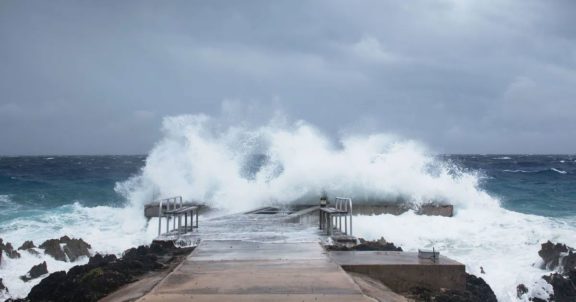Blog Post
Keeping Your Business Moving During a Disaster
By Steve Wolff
July 8, 2021

At Wheels, we like to say “Business Moves Better with Wheels.” Clients experience this every day through the world-class consulting, programs and services we provide. But there’s also a lot that goes on behind the scenes to keep your business moving, especially when a weather event or other disaster occurs.
To stay one step ahead during disastrous events like hurricanes or the current COVID-19 (coronavirus) pandemic, Wheels follows a disaster preparation and response protocol. This process is designed to prioritize drivers’ safety and minimize disruptions to your fleet. Our protocols are designed to ensure consistently reliable and seamless service delivery to our clients through disastrous events.
Disaster Best Practices: Risk Mitigation Action Plan
Many different types of events can be disruptive. Sometimes we’re able to start preparing in advance and other times it’s unexpected. Whatever the circumstance, our protocol helps minimize the impact to clients during each event and its aftermath.
During disastrous events, the Wheels leadership team monitors the situation daily. In addition, a cross-functional taskforce proactively assembles to actively monitor and manage any impact to the supply chain as well as Wheels’ ability to continue delivering seamless service to our clients. This team meets regularly, often several times a day, throughout the event to gather and share information, reach out to suppliers, take appropriate action and communicate details to our clients.
Our process begins by using analytics to understand the landscape and location of clients’ current vehicles, as well as those in transit to dealerships or upfit suppliers. We use operational checklists for each product, service or department to manage through this process.
The task force proactively reaches out to manufacturers, delivering dealers, transportation carriers, upfitters, storage facilities, rental car companies and our other supplier partners to understand their response plans and the status of current inventory along with their recovery status.
Throughout an event, the task force continues to obtain information from our suppliers to then pass along to our clients, with a focus on:
- Wheels call volume: We continually assess call volume levels and proactively bring in additional staff to assist drivers when they call in.
- Roadside assistance: We prioritize roadside assistance so we can aid drivers in emergency situations.
- New vehicle orders and upfitting: We contact dealerships and upfitters for damage reports and inform clients of any potential risk, along with short-term action plans by the suppliers.
- Fuel management: We reach out to fuel suppliers to assess the availability of fuel in impacted areas, and work with clients to adjust purchasing limits so drivers can get the fuel they need.
- Auction and repair: We reach out to any repair or auction facilities that have our vehicles for a damage report and status on their short-term action plans.
- Mail service: We use alternative delivery methods to ensure documents arrive on time in cases where mail is held away from the impacted area.
- Driver safety tips: In some situations, we send a message to help ensure driver safety during the disaster.
After the event, Wheels continues to monitor situations and provide support to ensure drivers and vehicles get safely back on the road.
We can’t always know when a disaster will strike, but Wheels has the right people and processes in place to take quick action and mitigate any impact to your drivers and vehicles. It’s just one more way that we keep your business moving every day.
Do you have an emergency action plan? Join the conversation. Email me at [email protected].